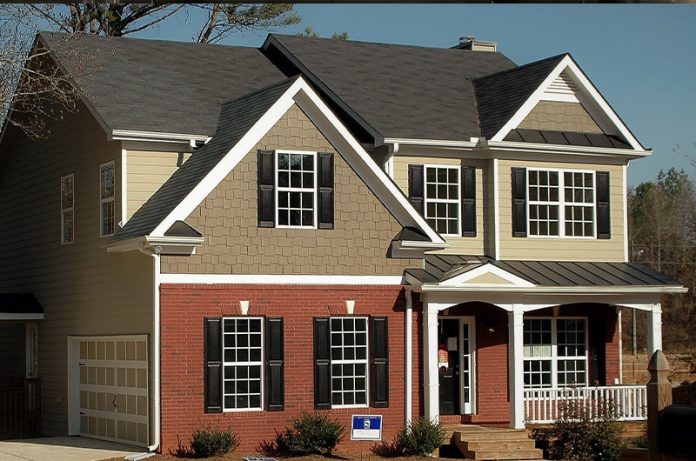Take several samples of the options up for consideration home with you to evaluate there. Paint the walls with your preferred color, and then take some time to appreciate the newly updated space.
Now that you’ve gotten the hang of painting rooms, you may go on to more ambitious projects, like painting the outside of your house. Both the canvas and the stakes have increased in size. If you choose the incorrect colors or go with a paint scheme that doesn’t go with your home, it will stand out like a sore thumb on the street.
Thankfully, there are limitations on the colors that may be used for exterior paint. If you can find a way to be creative within these boundaries, you will be able to design a paint scheme that is appropriate for both your home and your community.
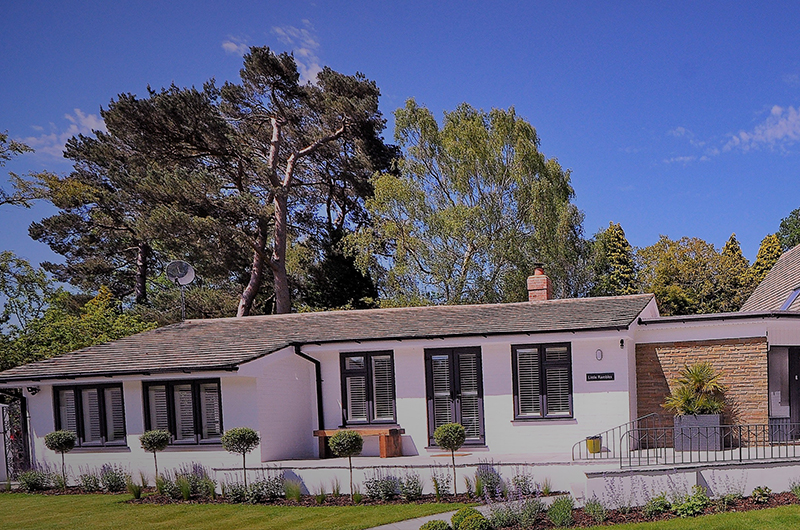
Choosing your color scheme for the paint
The color scheme you choose for your home’s exterior should draw attention to its most attractive characteristics. You may use these recommendations to help you select the color palette for your home, regardless of whether your property has simple modern architectural components or intricate architectural aspects from centuries ago.
Pick three colors that compliments each other. Body, accents, and trim are the three components that make up an exterior paint scheme. This is a basic rule. Your home’s primary color is the color of the body of the vehicle. Doors, shutters, and other tiny areas are popular locations for the application of the accent color. To really make the windows, door casings, roof edging, and railings stand out, use a contrasting color for the trim.
The color of your trim should contrast with the color of your body. If your primary color is light, the trim should be painted a darker hue. Choose white or similar light color for the trim if you choose with a dark body color, otherwise. Because accent colors are only used in tiny places, you may select a paint color that is more daring but yet complementing.
Take into consideration the hues that you cannot alter. There are more than three distinct colors used to create the aesthetic of your home. Your home’s overall color palette is comprised of a variety of elements, including its windows, roof, bricks, stonework, sidewalks, driveway, and landscaping. Changing the color of any of these more permanent locations can be far more difficult than just applying a new coat of paint. You may construct a paint color plan for your home’s whole exterior by taking cues from these components, such as which colors compliment one another and which colors conflict with one another.
Maintain the same aesthetic across your house. Your selection of paint colors need to be guided by the period of your home’s construction and the architectural style it has. If you deviate from the path too far, your house may become noticeable in a way that you had not meant. You don’t have to restrict yourself to the colors of homes that are comparable to those in your area if you don’t want to. Find a happy medium between trying to blend in and going beyond the lines when you’re coloring.
Choosing color palettes for your home that complement its architectural style.
It goes without saying that you want a color scheme that is suitable for your home. Try looking further than the end of your street to discover new ideas in the surrounding community. If you drive about the city, you’ll probably encounter residences that were built around the same time or that have a similar design.
Ideas for paint colors:
Neutral colors like white, gray, yellow, and cream are often contrasted with bright, unexpected accessories to create a modern or contemporary look.
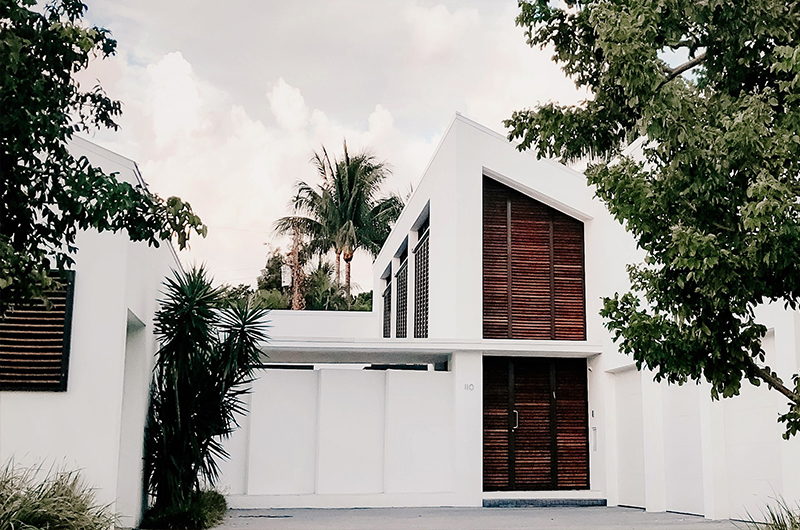
Warm, earthy hues for the body with brightly colorful embellishments are characteristic of Mediterranean and Spanish design.
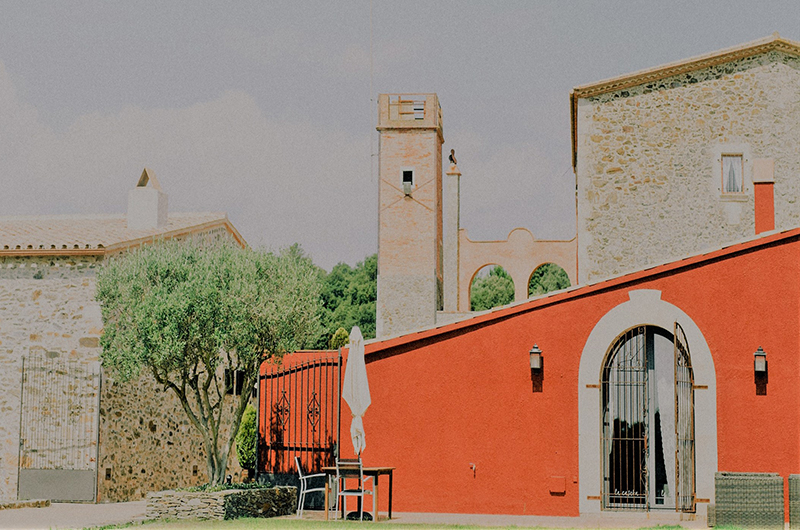
Browns, tans, and other hues found in the natural environment around your house, together with darker accents make up the traditional color scheme.
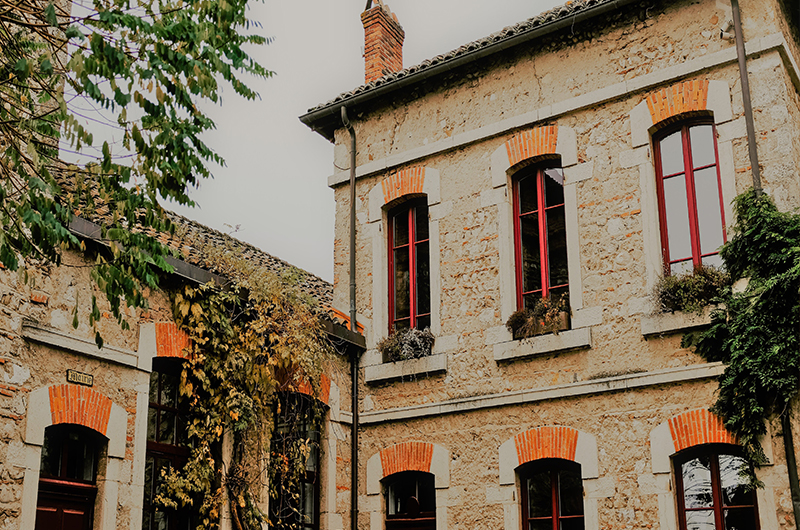
The Gothic Revival style features a varied color palette that combines dark and light versions of blue, green, and gold.



